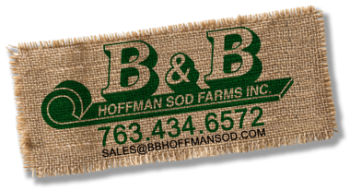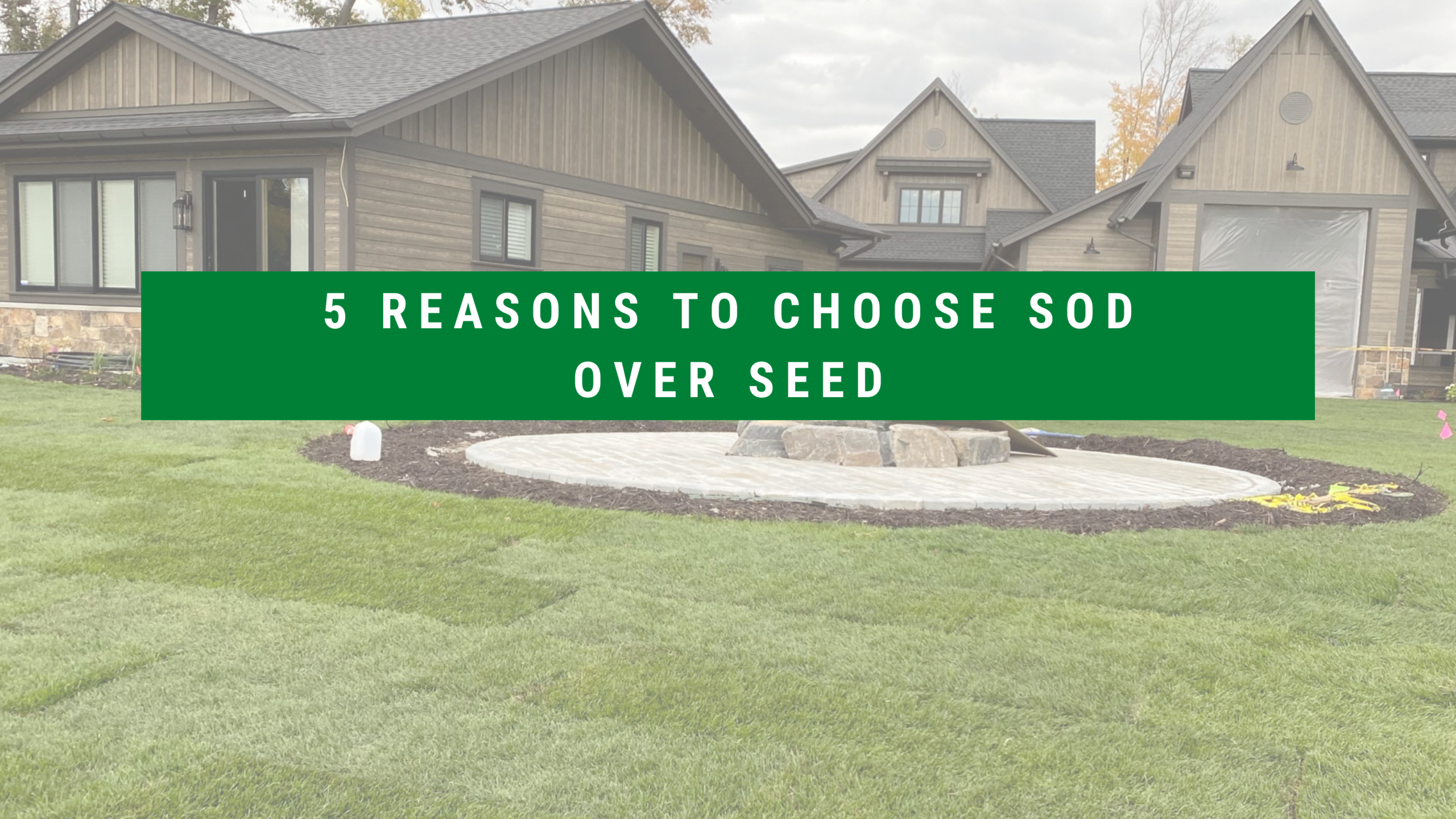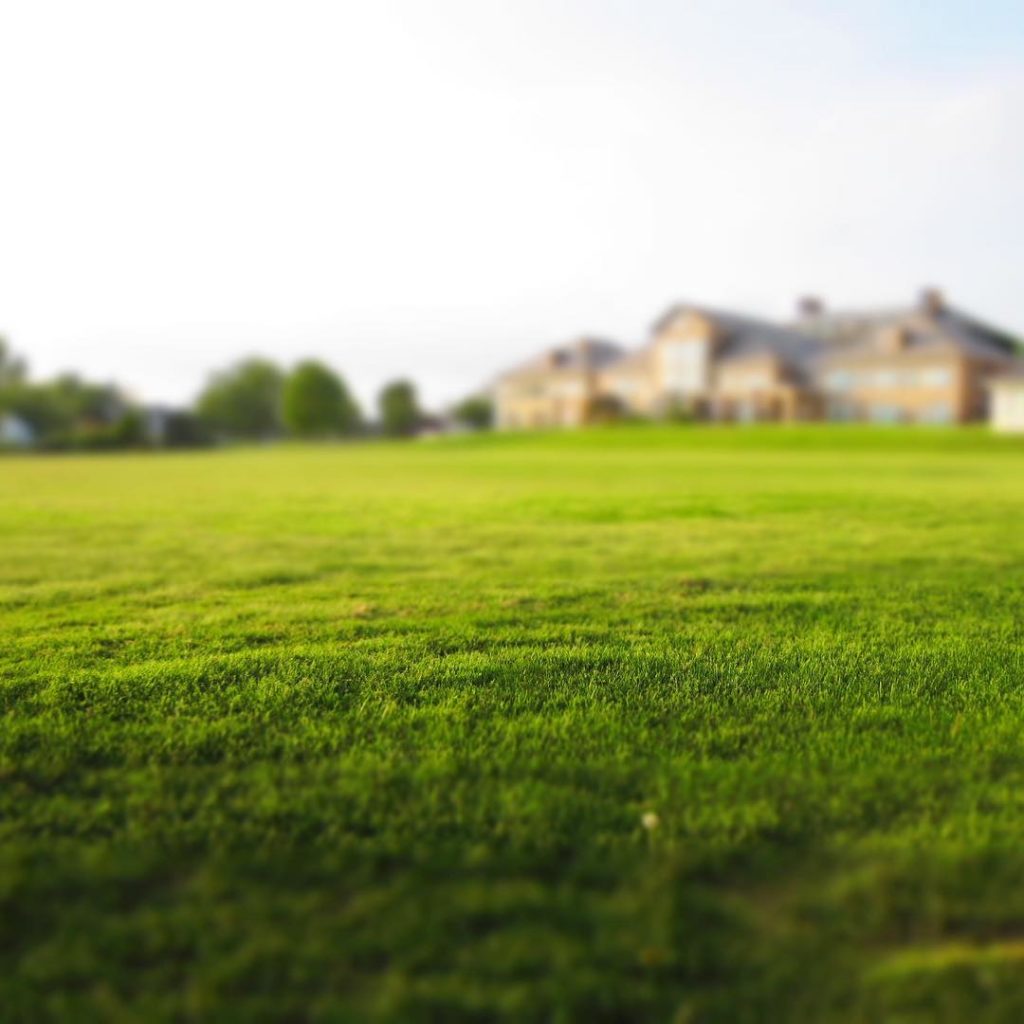If you’re dealing with a yard that is dirt or a lawn on its last legs, you might be weighing the pros and cons of sodding versus seeding. You may already know that seeding will save you money in the short term but the fact is, it will cost you extra time while potentially not saving you as much money as you expect. It is very labor-intensive and can go sideways easily if you’re not diligent.
Five main reasons you should choose sod over seed:
Rapid Growth. Overseeding takes a full growing season to establish, but sod establishes within a couple of weeks and doesn’t have to deal with some of the pitfalls over overseeding.
Instant Lawn. One of the best aspects of sod is that it provides an instant lush green lawn. Within a few hours, turfgrass sod transforms a yard from bare soil to a living carpet of grass with mature density and a solid root system that looks great instantly.
Environment Friendly. Turf grass sod cleans the air and helps recharge our groundwater supply. Grass blades take in carbon dioxide and the worst atmospheric pollutants and gives back pure oxygen making it one of nature’s finest, least expensive filters, working to improve the environment.
Resistant to Weeds. Sod is excellent at outcompeting weeds due to being pre-established and carefully managed. The grass grown at B&B Hoffman Sod Farm is fertilized regularly and irrigated as necessary to produce beautiful, strong grass that withstands unsightly problems such as weeds.
Weather Resistant. The other main problem with overseeding is that it is vulnerable to inclement weather. High winds and heavy rains can completely destroy your freshly-laid seed before it has a chance to begin establishing, wasting your time and money in the blink of an eye. Because sod is fully mature the day it’s installed, it can immediately control erosion and flooding even on steeply sloped areas, as it sinks down roots rapidly.
If you have a yard renovation on your mind or sod need for 2022, give B&B Hoffman Sod Farm a call for a quote on high-quality Kentucky Bluegrass Sod. Each piece is grown in uniform thickness and bred to be dark green, soft, and durable to withstand harsh climates. We are proud to grow about 600 acres of natural grass every year, available for delivery or pick up, in big and small rolls for any size job.


